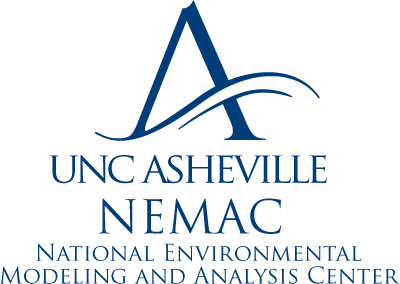Half-day Workshop: Mapping and Monitoring Wildlife Habitat Using Remotely Sensed Vegetation Phenology Measures

This session will introduce wildlife professionals to the use of advanced remote sensing technology to monitor and assess wildlife habitat at broad scales in near-real time. US Forest Service scientists will introduce the primary vegetation metrics used to map a variety of forest features anywhere in the conterminous US. Such vegetation metrics can be used to assess changes in wildlife habitat. The introductory workshop is targeted broadly for wildlife professionals, natural resource managers, planners, spatial data analysts and habitat modelers—no GIS expertise is required.
Monitoring wildlife habitat at large spatial scales in near-real time is an important challenge facing land managers. We will introduce user-friendly advanced remote sensing technology to monitor wildlife habitat at landscape scales. The Landscape Dynamics Assessment Tool (LanDAT) is an annually-updated set of spatial data products used to monitor broad patterns in vegetation change on the basis of data derived from MODIS (Moderate Resolution Imaging Spectroradiometer) satellite imagery. LanDAT was developed through a joint partnership between the US Forest Service, Oak Ridge National Laboratory and NASA. It is designed to help natural resource conservation practitioners monitor and assess impacts on a variety of ecological services and to broadly assess landscape resilience, and it has also proven useful for assessing habitat quality. LanDAT uses characteristics of vegetation phenology to detect multiple aspects of inter-annual change, and the resulting data products can be used in applications from basic mapping to more intensive spatial modeling with ancillary wildlife data. In this workshop, US Forest Service scientists will introduce the essential products and demonstrate how they may be used to map a variety of landscape properties and dynamics in any terrestrial habitat in the conterminous US. The introductory workshop is targeted broadly for natural resource managers, planners, spatial data analysts and habitat modelers—no GIS expertise is required.



